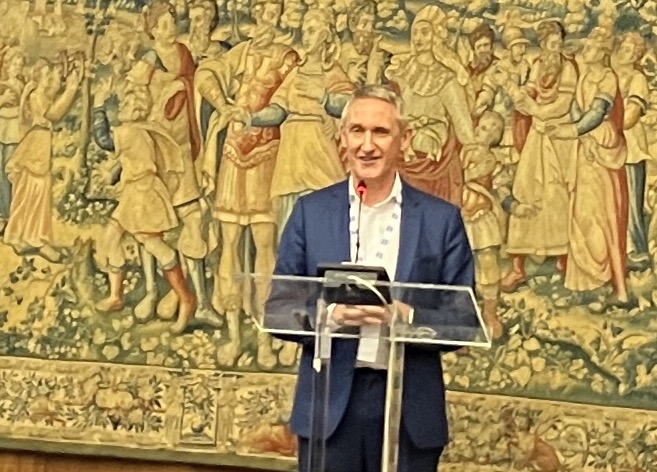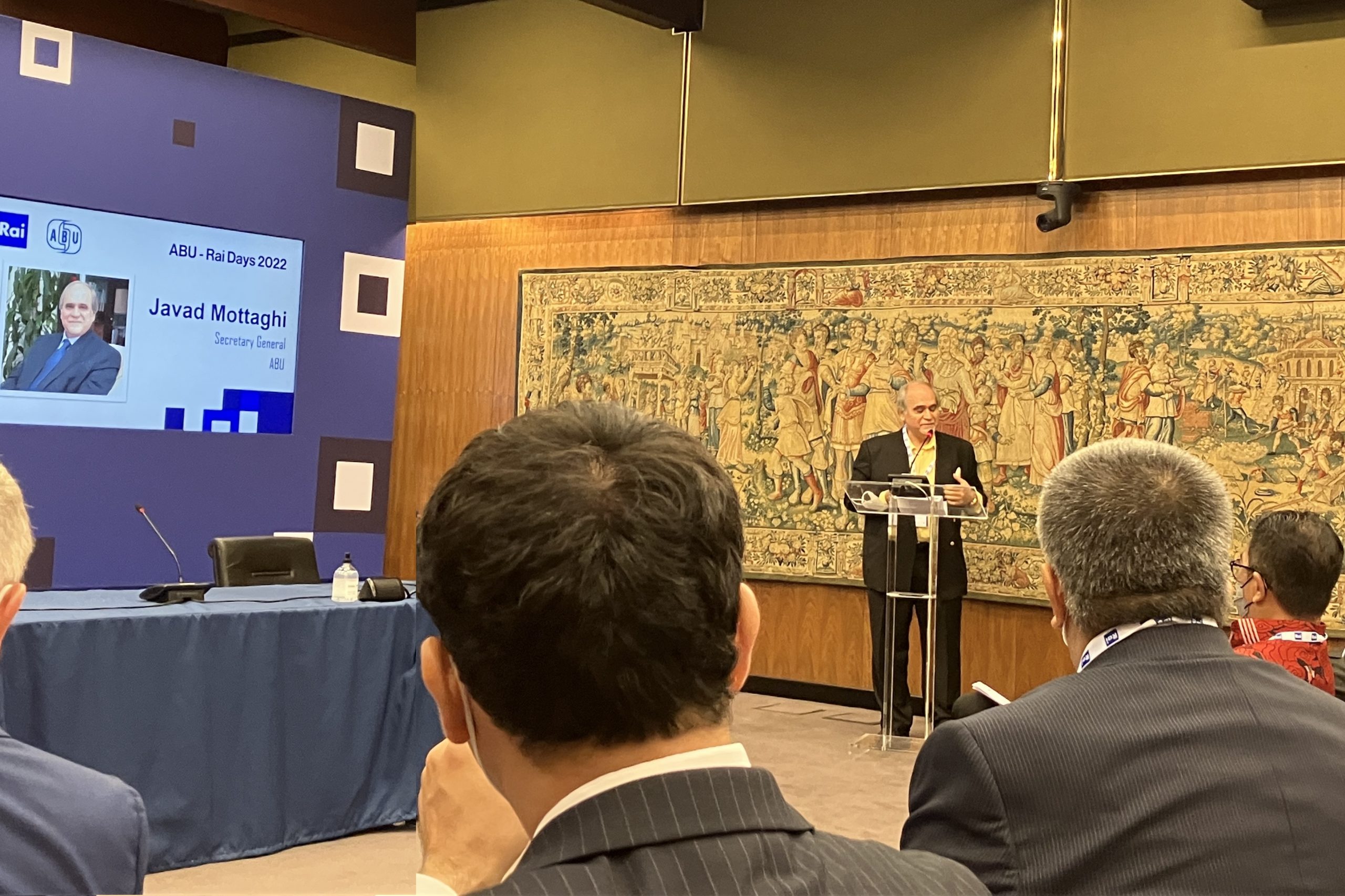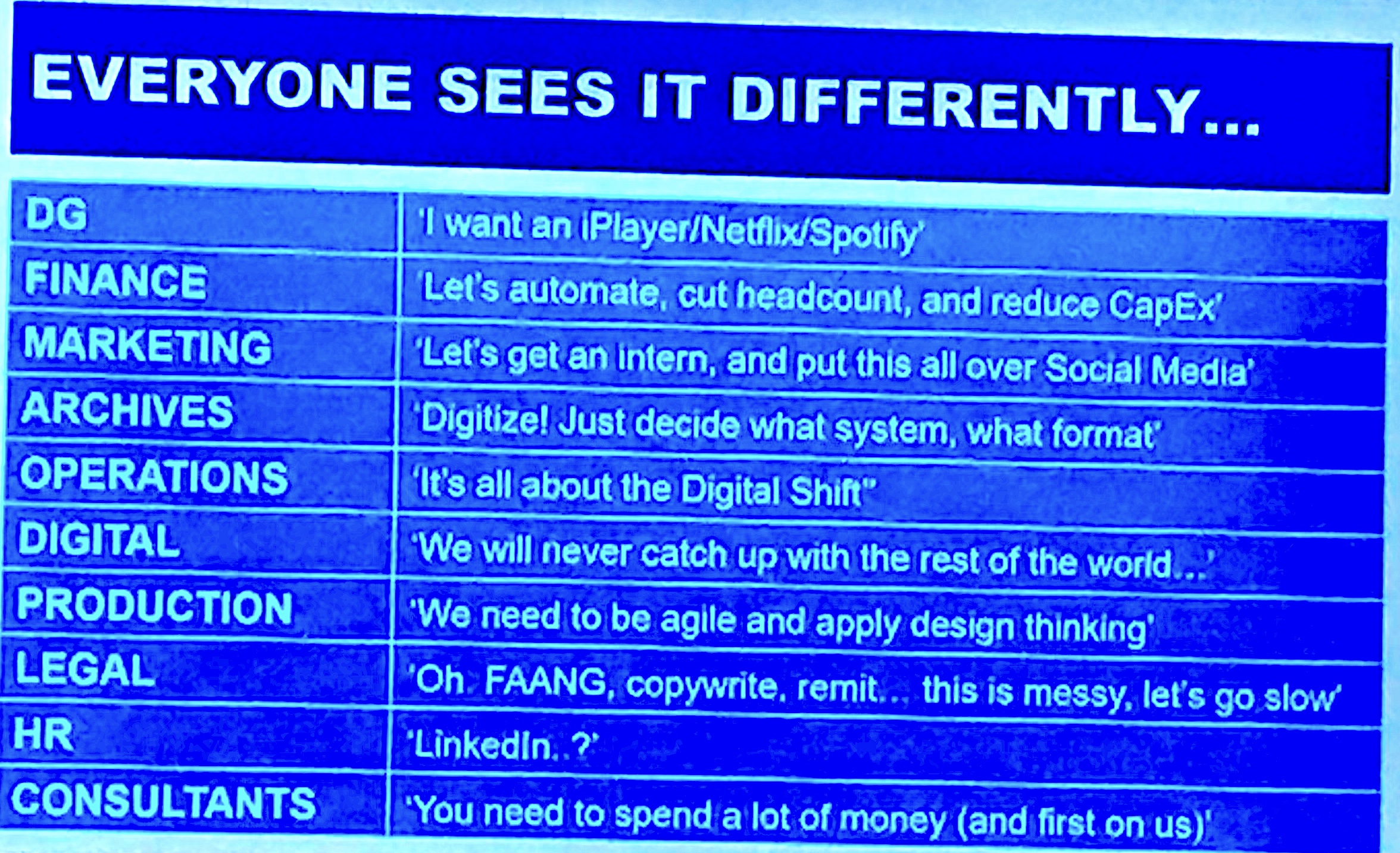In Rome this week, broadcasters from Asia and Europe are getting together to swap experiences and explore how broadcasters are transforming to serve their audiences in the new digital environment.
Opening the conference, ABU Secretary General Javad Mottaghi (pictured) said: “The value of being together again in person for networking is very high… We are facing an audience led revolution, there is a necessity to work together to share the lessons learned from the pandemic. We must think globally and act locally as we transform our organisations.”
RAI President Marinelli Soldi welcomed participants to the RAI Headquarters in Rome, saying that digital transformation cultural and technological transformation is facing every broadcaster. “Public Service Media needs to be on the forefront on digital transformation, there are no longer any boundaries… we are all undergoing cultural change to innovate and enhance our dialogue with out audiences.”
“For a big company like RAI the path to digital transformation involves changing the company culture and investing in people as well as technology.
Digital transformation presents an opportunity to stay relevant and sustainable. “Without an organisation that listens to its audience and stakeholders you canʼt transform… At a time of so much competition we can give something that others canʼt, such as our local flavour and values that youth care about like transparency, the environment… a personalised experience and trust.
“We are funded by our citizens, regulated by our state and contribute to a functional healthy democracy… We need to transform to remain important to our audience who then vote for our politicians.
“In this context our company is pivoting to focus on users, we are retraining staff, building our footprint across multiple platforms, fighting fake news by fact checking and serving our advertisers which make up 25% of our revenue… We are using audience data to ensure our content must add value and digital tools empower us to do so.”
Speaking about the massive transformations happening at India’s public broadcaster Prasar Bharati, ABU Vice President Shashi Vempati outlined the changes happening to fulfil the company’s public mandate while still continuing to connect with new audiences on digital platforms.
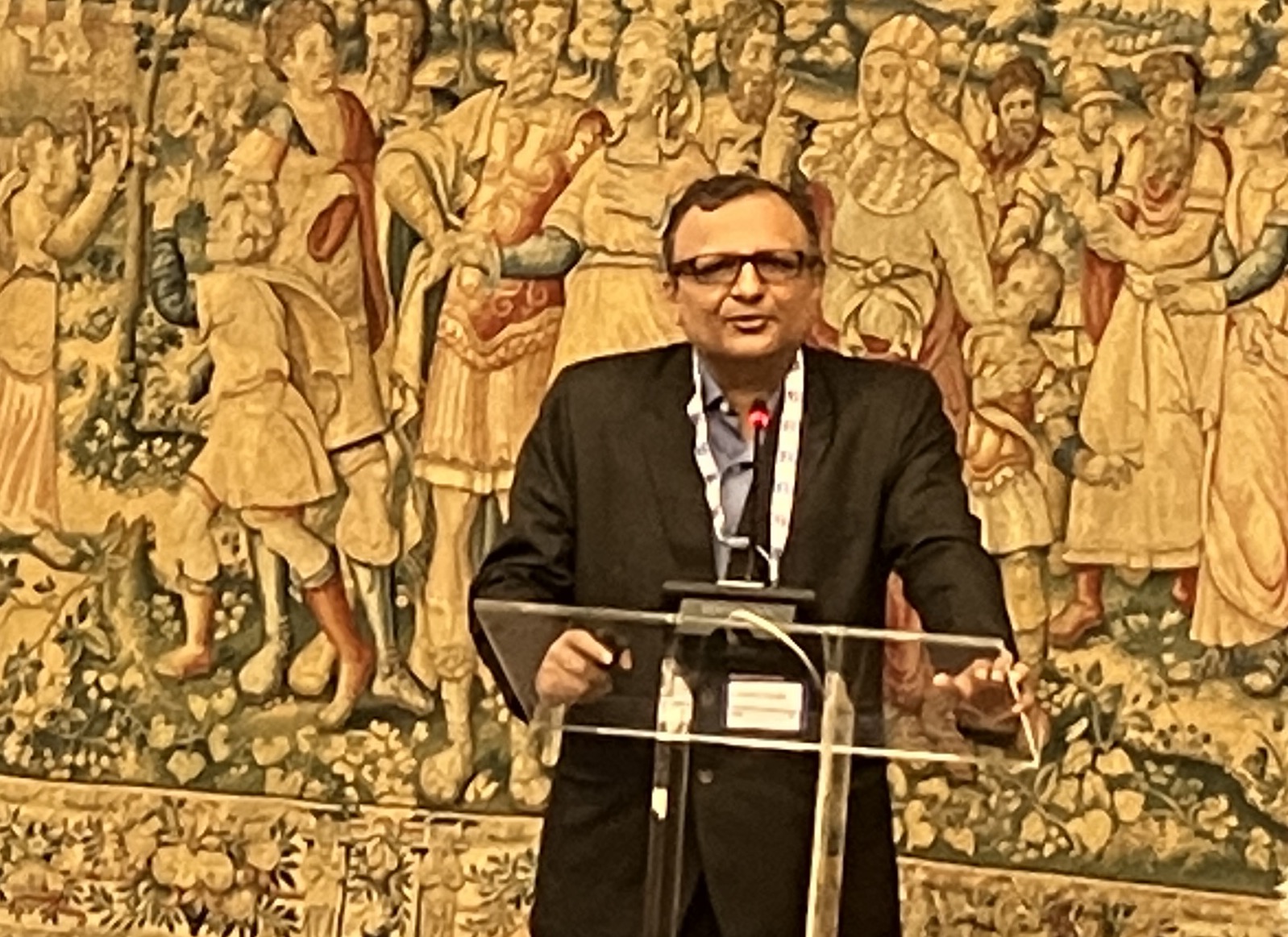
“This is an audience led revolution, the audience are way ahead of us with their use of technology… we are playing catch up.
“India has huge diversity and is a very complicated market and PB has a reach beyond India to 190 countries. The coming of digital has increased competition because there is no need for a licence…
“To bring change we reviewed obsolete processes, freed up resources and refocused them to new digital functions.
“On TV we launched a free platform to support tele-education during covid, we launched a fact checking app to deal with misinformation, we launched a news app ‘News on air’ so people could listen anywhere, and we are piloting 5G direct-to-mobile broadcasting (D2M).”
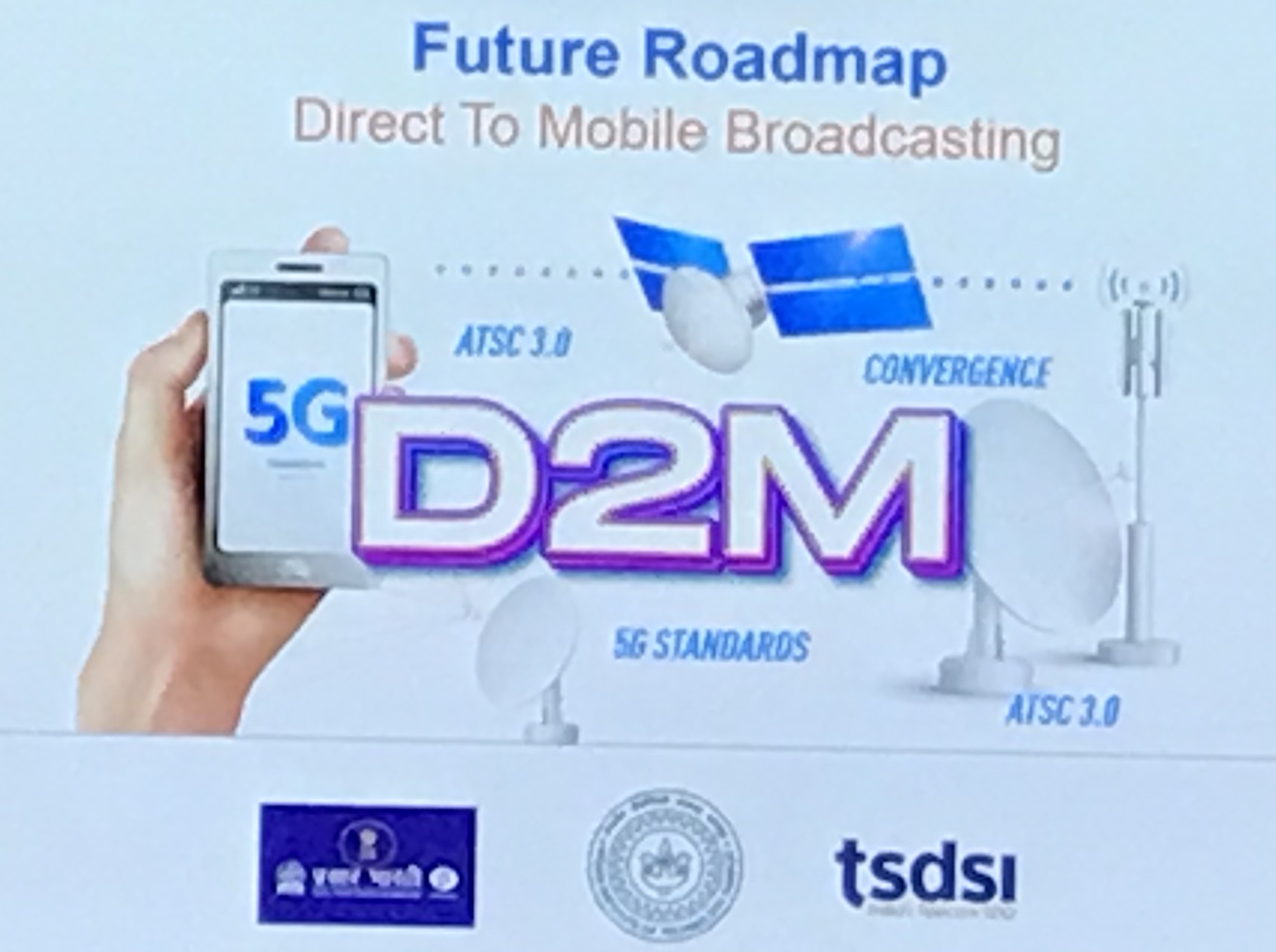
Direct to mobile will allow broadcast transmissions to be delivered to smart phones from broadcast transmissions not mobile cell data.
European Broadcasting Union (EBU) Deputy Director General Jean Philip De Tender said this difficult time during covid has become one of the biggest opportunities in public service media.
“We have a big challenge, to rethink and redesign our PSM organisations. Media is the most disrupted industry, some of the disruption factors facing media are:
- Digitisation: the user as reporter
- Local to global content trends
- Changes in audience behaviour
- Political and societal changes – polarisation of news content and some media outlets acting as spokespeople for parties, for example, Fox News’ support of then Republican Party in America
Internally there are different interpretations of what needs to be done within public service media organisations according to the section people are working in, as illustrated in his chart.
“There are common processs and practices needed to make organisational changes. If we had to invent a public service broadcaster today what would it look like… This is a better way to begin the process of change than just trying to make changes to existing structures.
“There is a need to redistribute resources… to redesign our offerings and focus on people… think big!”
New structures for PSM organisations will probably have only four main areas:
- Content and audiences
- Technology and Data: leverage, innovation, change e.g. 5G
- Organisation and culture: digital leadership, cultural change
- Journalist culture
The main enablers are process, people and interaction.
“The challenge is big, but there is a framework and you can make progress within that framework” said De Tender.
